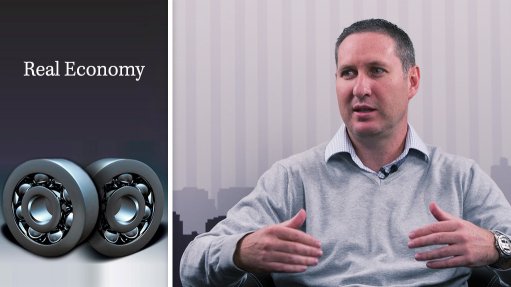
The attention given by President Jacob Zuma to the issue of electricity security in his postelection State of the Nation address can only be welcomed, as should his acknowledgement that the prevailing shortage of power is a major contributor to weak economic growth.
It is equally heartening that Zuma didn’t merely lament the crisis, but also outlined some practical ways in which government plans to both raise the profile and tackle the problems of electricity supply.
The main institutional mechanism, it seems, is the conversion of the National Nuclear Energy Executive Coordinating Committee into a far broader Energy Security Cabinet Subcommittee. Zuma has indicated that the subcommittee will be responsible for overseeing and directing energy-sector activities, while ensuring that Eskom receives the support it requires to fulfil its mandate.
Presumably, this means that the work already done by a task team comprising Eskom, the National Treasury and the departments of Public Enterprises and Energy into finding a sustainable solution to the State-owned utility’s financial problems will assume greater promi- nence. Presumably, too, the work conducted under the umbrella of the subcommittee will receive priority when it comes the Cabinet diary.
In addition, the subcommittee could play an important role in passing on vital institutional memory to the three new Ministers, who now have the responsibility for dealing with Eskom and the power crisis: Tina Joemat-Pettersson, Lynne Brown and Nhlanhla Nene.
It is also good news that Zuma gave his personal backing to the much-delayed Independent System Market Operator Bill, which is seen as critical to levelling the playing fields between Eskom and future independent power producers.
Where the address offered more heat than light, however, was in the area of the technology choices outlined.
True, the President did not veer from policy script at all in reaffirming that South Africa would press ahead with ‘Coal 3’, a large-scale new nuclear programme of more than 9 000 MW, the importation of hydropower from Inga, in the Democratic Republic of Congo, shale-gas exploration and exploitation and an ambitious renewable-energy programme.
But it was somewhat unhelpful to, in one breath, regurgitate a genera- tion shopping list conceived in a very different energy and economic context while, in the next, argue that the remedy lies in a “radical transformation of the energy sector”. Surely, if there is going to be radical transformation, there will be consequences for the technology options, or at the very least for the timing of deployment.
The reality is that Eskom is in no real financial position to pursue Coal 3 without massive aid from either the taxpayer or the consumer – one implies higher taxes, the other higher tariffs.
Similarly, can we really expect that very same organisation to take on the role of owner-operator of a new fleet of nuclear power stations, no matter how creative the financial engineering might be? And what is the risk of dollarising the electricity sector through the injection of far higher imports of either gas or hydropower from the rest of the region?
I don’t know the answer to these questions. But it is clear that some serious analysis is required and that some tough choices will have to be made.
Hopefully, Zuma’s subcommittee will ensure more light than heat is shed on this critical issue.